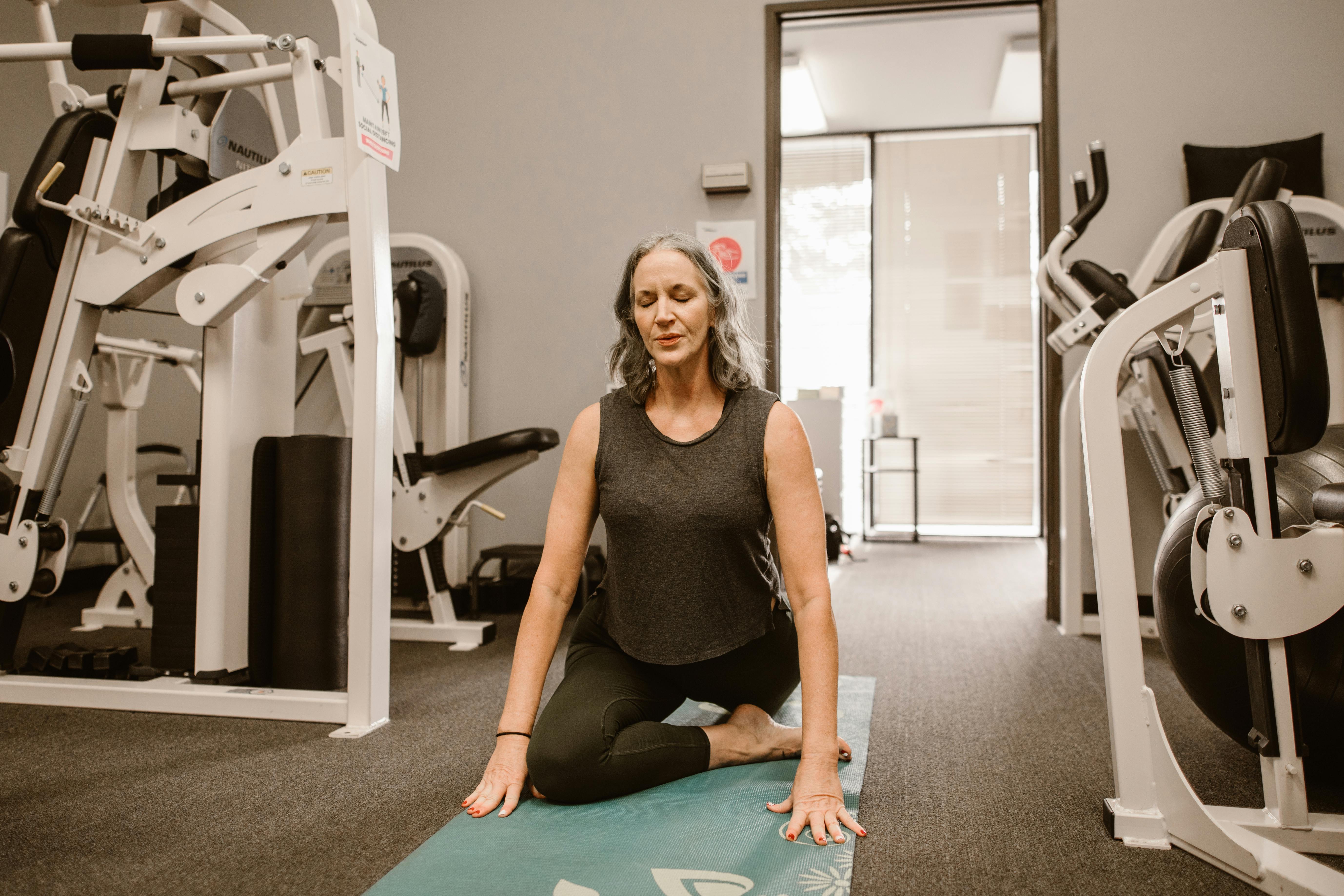There’s a reason tummy tucks have become so popular: because they work. The American Society of Plastic Surgeons estimates that 130,000 tummy tuck surgeries were performed in 2005, an increase of 26% over the previous year. As a plastic surgeon in Santa Monica, CA, the reasons for this are very clear to me. There is no laser, lotion, cream, or diet and exercise regimen that can reverse the effects of age, pregnancy, or massive weight loss on the stomach, no matter what the advertisements claim. Stretch marks, loose skin, and loss of abdominal muscle tone are the result of gradual stretching of tissues over time. While exercise can strengthen abdominal muscles and diet can lose a few inches, only a tummy tuck can eliminate stretch marks, tighten loose skin, and produce a flatter, more toned appearance to the stomach.
Your doctor will likely perform the operation under general anesthesia, and it typically takes two to five hours, depending on your particular goals. The operation is designed to essentially achieve two main objectives. First, is to remove all the stretched skin from above the belly button to the bikini line. This means that stretch marks, loose hanging skin and localized fat deposits go with it. The remaining skin is then pulled down to fit and sutured so that the stomach now has a flat, taut appearance. Ultimately, the scar will be placed inside the bikini line so that it is not visible in a bathing suit or underwear. The belly button does not move, but there will be a slight scar around where it is sewn to the skin.
The second goal, which really has a dramatic effect, is to tighten the rectus abdominis muscles, the two muscles that make up the so-called “six-pack.” What happens during pregnancy or significant weight gain is that these two muscles, normally positioned as two touching columns, stretch and separate, leaving only a thin layer of tissue between them. After childbirth or weight loss, the muscles often do not return to their original position, leaving a space between them. This is the main reason why no matter how many crunches you do, there will always be a bulge in this core area of weakness. These muscles are repositioned with sutures during surgery to return the abdomen to a smooth, flat, and toned appearance.
Everything just described is what is included in a full tummy tuck, also known as a “tummy tuck.” There is also a smaller form of this operation, commonly known as a mini tummy tuck or partial tummy tuck. This is an operation for the lucky few who have little or no separation of the rectus abdominis muscles and very little loose or stretched skin above the belly button. For these people, the operation can be modified so that less skin in the lower abdomen is removed and the muscles are not worked on. The main advantage of this is that there is usually a shorter scar on the bikini line, no scar around the belly button, and less pain after surgery because the muscles were not manipulated.
One of the most frequently asked questions is “Can liposuction be done at the same time?” Well, the answer is yes or no. If you are going to undergo a full tummy tuck, certain areas of the stomach should be avoided to avoid complications related to the blood supply; however, all other areas such as the hips, thighs, buttocks, etc. are fair game. The risk of damaging the blood supply is much lower when performing just a mini tummy tuck, and the surgeon can be more aggressive in addressing fat deposits on the stomach and flanks.
Now that you know everything there is to know about tummy tucks, you may be considering whether it is right for you. Well, as long as you’re in good health, don’t plan on future pregnancies, don’t plan on losing a lot of weight in the future, and have realistic expectations, it can make a world of difference to your appearance and self-confidence. Just be ready to buy a new wardrobe to match your new body!
